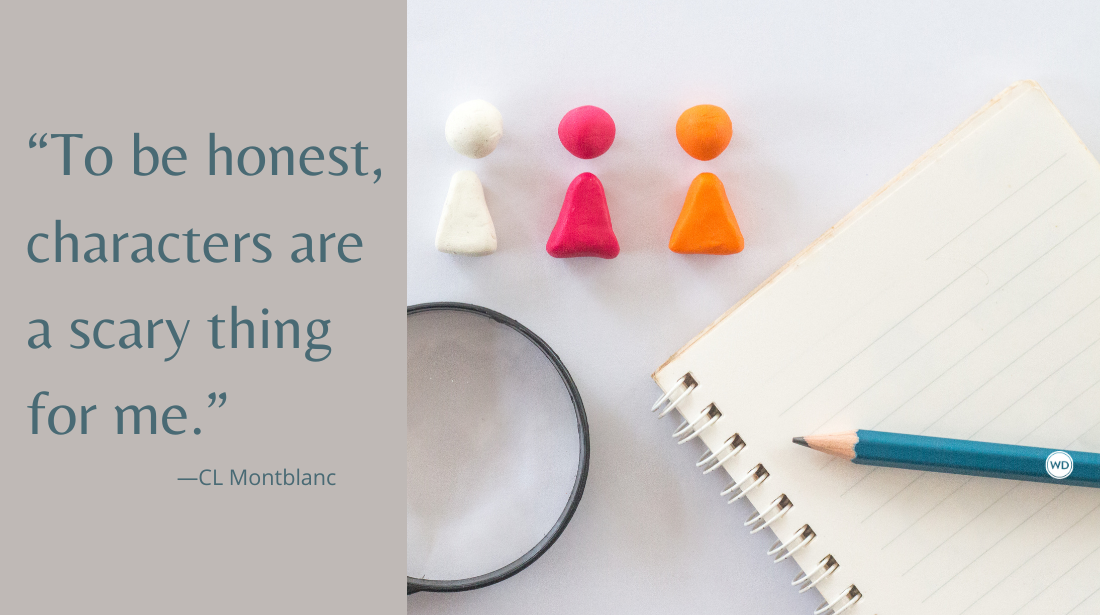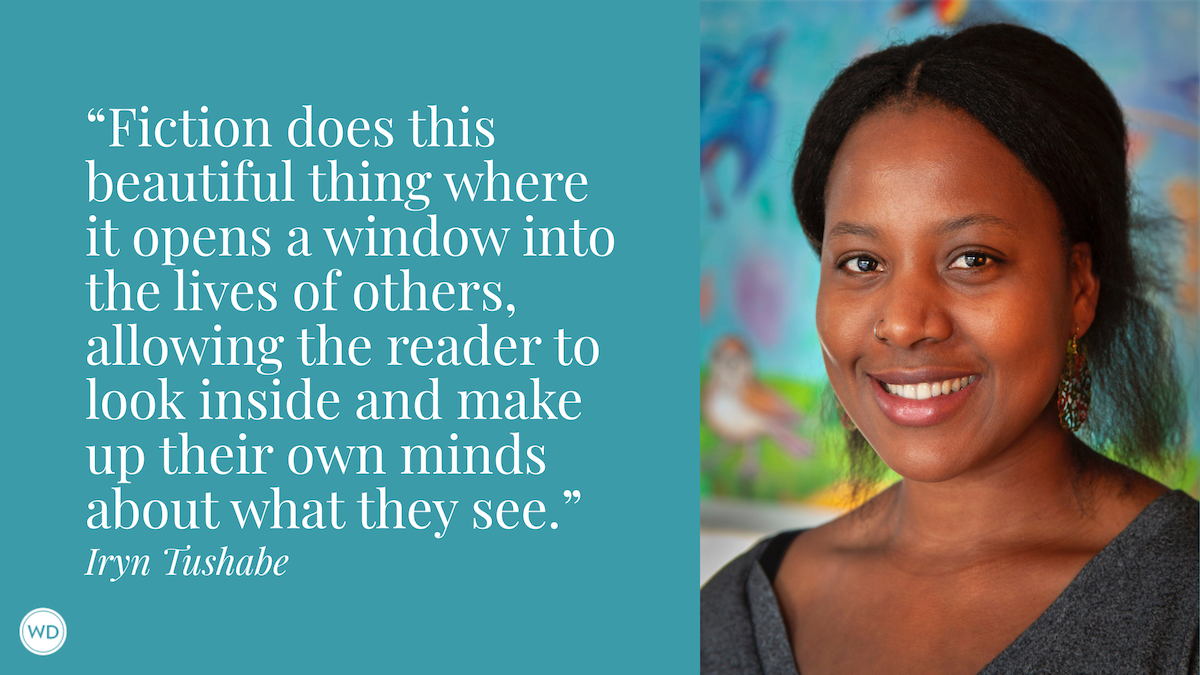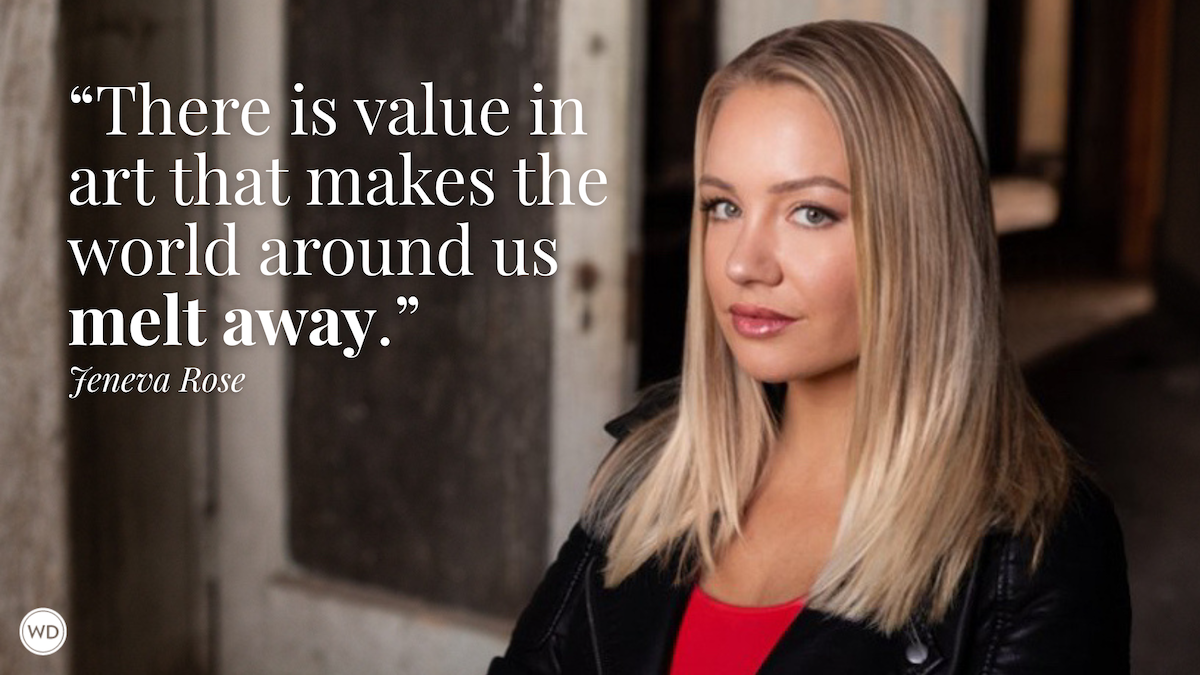Character Conflicts That Mirror a Larger Societal Conflict
When a character’s personal conflict reflects a larger societal issue is when character and plot come together. Author Beth Kirschner discusses how to create character conflict that can mirror a larger societal conflict.
All good characters in a story have something at stake, something at risk. This could be an internal conflict, an external conflict, or both. But sometimes what’s at stake is larger than the arc of that character’s personal story. Sometimes the conflict is within the society at large.
My novel, Copper Divide, is set during a massive and violent copper miners’ strike that split the once peaceful community surrounding Calumet, Michigan, in 1913. Thousands were protesting and rioting in the streets. The National Guard was sent in and stayed for months. This story required characters that reflect the conflict of the society they inhabit.
There are many choices and archetypes to choose from for characters that need to inhabit a societal conflict. Should the conflict merely define a time and place, such as in Anthony Doerr’s All the Light We Cannot See? Or should it be integral to the character’s personal struggles?
A society’s troubles could be illuminated with a singular, adaptable archetype, whose journey provides ample opportunity to display a troubled society, as in Adam Johnson’s dark comedic novel, The Orphan Master’s Son, set in North Korea. Magical realism could be employed to provide a fresh, provocative look at today’s issues, such as conflict in the middle east and immigration, as was used in Mohsin Hamid’s novel Exit West. Creating an alternative history, such as in Colson Whitehead’s The Underground Railroad, is another method to take readers on a fresh perspective on a subject.
If society’s conflict is integral to the character’s conflict, as it is with my novel, it’s important to create a complex character who is not merely a foil to discuss the problems within society. This is a novel, not an essay, though it can still serve to explore the larger issues. Fiction set during a larger societal conflict allows readers to empathize with the characters and learn more about their world implicitly. Richard Camus called fiction “the lie through which we tell the truth.”
IndieBound | Bookshop | Amazon
[WD uses affiliate links.]
Copper Divide uses three different protagonists to employ three different points of view during the copper strike. The Jewish shop-keeper’s daughter, Hannah, provides a view from someone who is not directly involved in the strike, but as the strike persists for months, she finds that there is more at stake in her life then she knew at the beginning.
Her friend, Nelma, is married to a striker and on the front-lines of the dispute. Her life is directly impacted by the strike, but as the story progresses, the violence of the strike and reaction to the strike provides an opportunity for her to grow as a person.
Russell is the third protagonist, who daily crosses the picket line, and provides yet another perspective on the un-civilizing impact of the strike on society. He acts as a witness, a victim, and a provocateur.
For all three of these characters, though, it’s important that they have other desires, challenges, and conflicts beyond their specific place in the social unrest. Hannah has a romantic interest as well as an unusual hobby. Nelma has to balance her allegiance to the strike with her need to keep her family safe and fed. Russell dreams of marrying and settling down with his distant girlfriend.
Minor characters provide another opportunity to mirror the larger conflict. For both major and minor characters, choices need to be made about their current or historical existence. Should actual historical or present-day characters be placed into the fictional world of the novel? Should composite characters be used that are based on one or more actual people?
This is where research can help bring factual and nuanced perspectives into a novel. Two larger than life characters who influenced the character development of my fictional characters include Big Annie Clemenc and Charles Moyer.
Annie was a six-foot two labor activist who was integral to the labor action during the strike. She led marches for striking miners, funeral processions for slain miners, gave speeches to encourage unionization, and was once convicted of assaulting a scab miner. She was the inspiration for Nelma.
Charles Moyer was the president of the Western Federation of Miners, a leading antagonist in the effort to unionize miners, and was once involved with the more radical IWW or International Workers of the World, known as the “wobblies.” He was an imperfect idealist, who was involved in both successes, failures, and questionable actions. He was the inspiration for the union organizer who stayed in Nelma’s home.
Writing a novel that includes social unrest as a central theme needs well-developed characters, who participate in both to the larger societal conflict as well as the personal struggles within their own lives. Research, imagination, and multiple levels of conflict bring these characters to life and engage readers in the societal conflict itself.
Beth Kirschner loves to travel the world, learn about different cultures, and hear people’s stories. While going to college on Michigan’s Keweenaw peninsula, she fell in love with the people, the place, and its history. She heard about the 1913 strike and tragedy, and wanted to share the story in way that captured the many truths that are embodied in different people’s perspectives.








